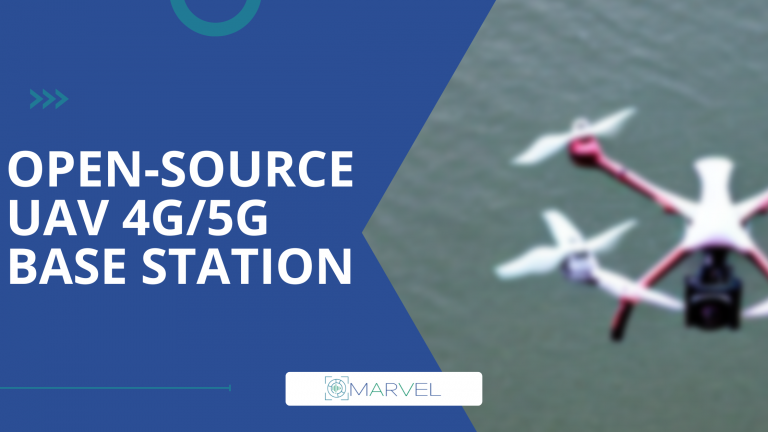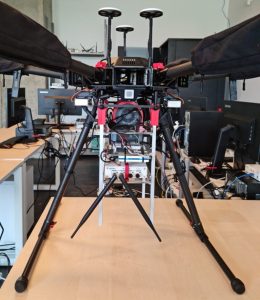Open-source UAV 4G/5G base station
In recent years an increasing demand for using UAVs (Unmanned Aerial Vehicles) in different domains has come to attention. UAVs, which can be either remotely guided or autonomous, with the ability to sense and perceive the environment, are very suitable for different use cases due to their high mobility and ease of deployment. Different sensors, cameras, radars, lidars, radio equipment, additional computer resources, etc., may be easily integrated into UAVs and used for various research purposes. In the telecommunication domain, there is an increasing number of prominent use cases where drones are employed, especially in still-developing and promising 5G/6G networks. The question arises: Can we build and deploy a relatively: simple-to-use, cheap, and functional UAV-based open-source 4G/5G relay network to provide seamless connectivity to users, and can it be used for research purposes? The answer is yes, we can, with the help of today’s widely available radio equipment and a few additional resources.
Required equipment
To assemble a UAV base station, we need the following:
- One SDR radio device. SDR (Software Defined Radio) is peace of radio equipment that uses general-purpose processors for signal processing tasks (such as modulation, demodulation, etc.) [1]. The main benefit of using SDRs is the ease of deployment of a new radio system just by running new software code. In out testbed, for eNB transceiver functionality we use USRP software defined radio platform NI 2901 (B210) [2].
- Mini PC, such as Intel NUC, to serve as a computational resource for SDR.
- Open-source 4G and 5G software radio systems. For 4G and 5G technology, two open-source 3GPP network solutions stand out as the most prevalent among researchers in the field: srsLTE[3] and OpenAirInterface[4].
- Appropriate battery-pack to provide power supply for Mini-PC (and USB-attached USRP).
- Optionally: programmable sim cards for user registration.
Combining all previously described equipment and software, we can build one 4G/5G base station, as shown in figure 2.
With an experimental platform like this, typical use cases for aerial wireless coverage (Figure 1) can be:
- UAVs for ubiquitous coverage, where UAVs are utilized to assist the wireless network in providing seamless wireless coverage within the serving area,
- UAVs as relay nodes to provide wireless connectivity between distant wireless devices without reliable direct communications,
- UAVs for data collection, to collect delay-tolerant information for a number of spread-out wireless devices and sensors.
References
[1] Ulversoy, T., 2010. Software defined radio: Challenges and opportunities. IEEE Communications Surveys & Tutorials, 12(4), pp.531-550.
[2] https://www.ni.com/en-rs/support/model.usrp-2901.html
Blog signed by: UNS team
Menu
- Home
- About
- Experimentation
- Knowledge Hub
- ContactResults
- News & Events
- Contact
Funding

This project has received funding from the European Union’s Horizon 2020 Research and Innovation program under grant agreement No 957337. The website reflects only the view of the author(s) and the Commission is not responsible for any use that may be made of the information it contains.




